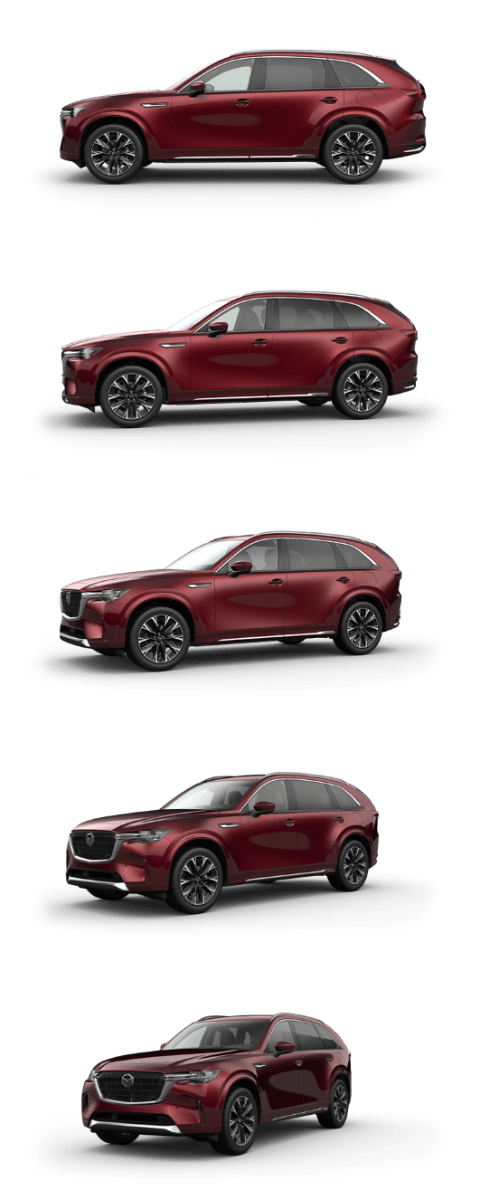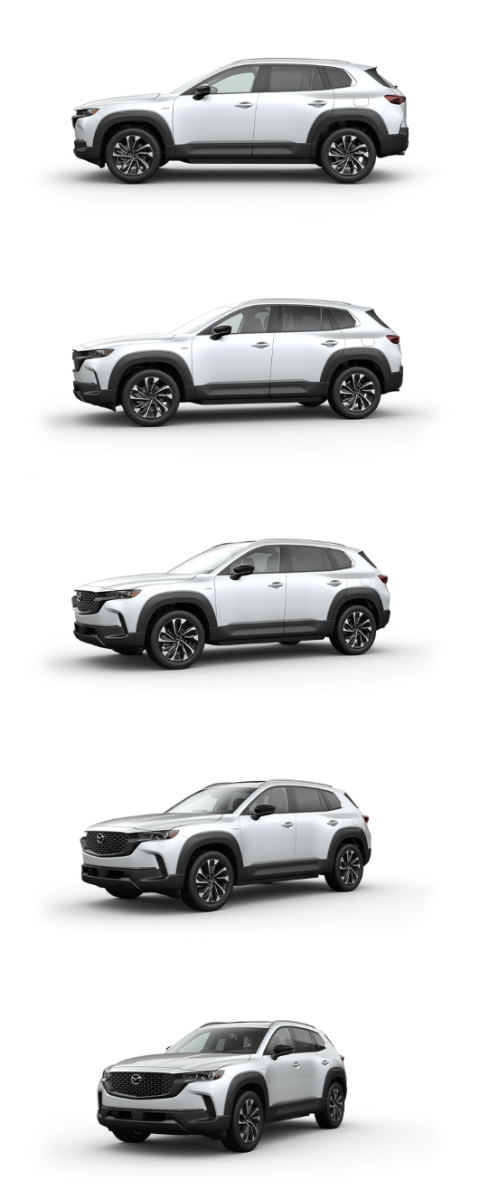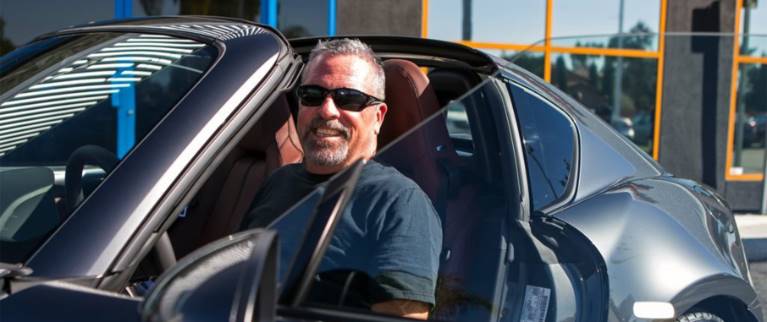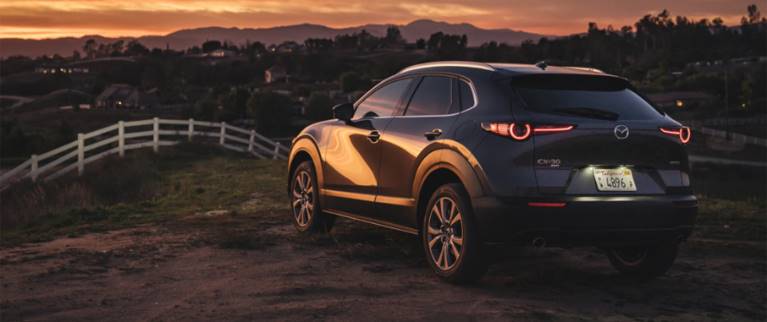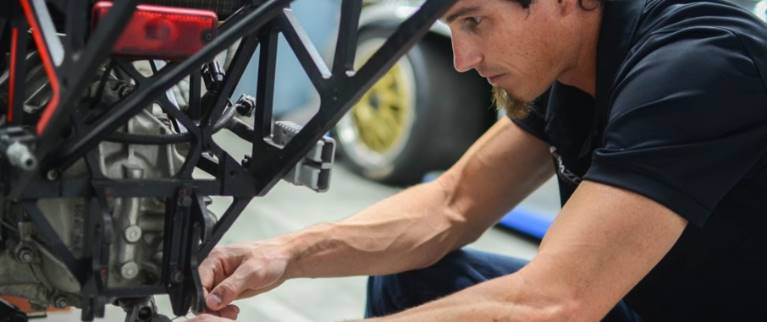Understanding State of Charge (SoC) in Electric Vehicles: What You Need to Know

State of Charge (SoC) represents the current capacity of the battery pack as a percentage of its full charge, much like a fuel gauge in a traditional gasoline-powered car. It’s a key metric calculated and communicated by the vehicle’s battery management system, generally expressed as a percentage, that offers drivers a clear picture of their remaining battery charge.
But understanding SoC is about more than just knowing your battery's current state of charge — it’s a foundational concept that influences journey planning, battery health, and charging efficiency. In this guide, we’ll explore why knowing your vehicle’s SoC is crucial for electric vehicle (EV) ownership, how it impacts battery performance, and practical tips for managing it effectively. These guidelines are intended for general informational purposes only; for specific details and recommendations regarding your vehicle's battery management and State of Charge, always refer to your Owner’s Manual.
(Note: This SoC has nothing to do with the “system on a chip” abbreviation used in electronics!)
What is state of charge and why is it important?
Every hybrid (HEV), plug-in hybrid (PHEV), and battery electric vehicle (BEV or EV) is equipped with a traction battery pack and shares SoC information with the driver, typically via the car's display and/or a connected app. As mentioned, SoC acts like the fuel gauge in a traditional internal combustion engine (ICE) vehicle, showing what remaining energy there is in an electric vehicle’s primary battery pack, and can help determine whether you have enough power to reach your destination, how many charging stops you might need on a road trip, and so on.
Unlike ICE cars, which typically perform the same regardless of fuel level and refuel at a consistent speed, an electric vehicle's performance and charging dynamics can vary somewhat based on its SoC. For example, an EV’s energy level can subtly influence performance characteristics, and its charging speed tends to slow as the battery approaches full capacity.
SoC’s role in energy management of hybrid and PHEV electric vehicles
The battery management system (BMS) uses SoC — and a host of other inputs — to balance battery pack longevity and vehicle efficiency. At lower SoC levels, the BMS may allow faster onboard charging via regenerative braking to replenish the battery more quickly while driving or it may limit how much electrical energy from the battery pack can be used for propulsion. These adjustments help ensure that the battery operates efficiently and stays within healthy limits.
At higher SoC levels in a hybrid vehicle, the BMS will allow more energy from the battery to be used for propulsion, prioritizing electric power over gasoline. This continues until the SoC drops, the required power exceeds what the electric system can provide, or a combination of these events occurs.
In a hybrid vehicle, for example, if you’ve heard the combustion engine start while the vehicle is stationary for an extended period while out driving, it’s likely because the BMS determined the SoC was too low to meet power demands for various systems (climate control, heated seats, the infotainment system, or even steering assist, since some people turn the steering wheel even when the car is stationary).
Conversely, if you’ve driven down a long grade in a hybrid vehicle and heard the engine “running,” it might have been the BMS managing a high SoC. In such cases, the system may spin the engine (without using fuel) to use up excess electrical energy and maintain SoC at a moderate, safe level. This prevents overcharging and ensures the battery operates within its optimal range.
More State of Charge FAQs
1. Where can I find the State of Charge in my electric vehicle?
Most vehicles display SoC in at least one place, often within the instrument panel. You may have to toggle the display if that vehicle has customizable dash configurations. For example, in a Mazda CX-70 PHEV or CX-90 PHEV, in many configurations, the left-most gauge pod shows battery SoC on the left and fuel levels on the right, both using "E" (empty) and "F" (full) gradations.
2. Can I check my EV’s SoC remotely?
Many EVs and PHEVs offer multiple ways to check SoC remotely. These include the manufacturer’s or vehicle’s smartphone app, a display on an external charger when you connected for charging, or even exterior LEDs — such as a strip atop the instrument panel — that are visible from outside the car.
3. How does SoC differ in PHEVs and HEVs?
Both PHEVs and HEVs use electric energy for propulsion when available, but PHEVs have larger battery packs, enabling longer electric driving ranges or higher speeds.
• In HEVs, because there is no external charging, the vehicle’s Battery Management System (BMS) fully controls SoC, although the driver may be able to mildly control charging via regenerative braking and avoid hard acceleration.
• In PHEVs, drivers can charge the battery with an external charger and likewise via the vehicle’s BMS. They can preserve battery life and maintain higher initial SoC by preconditioning the cabin with heat or AC while the vehicle is plugged into an external charger.
• Finally, most PHEVs allow the driver to manually select to operate in electric-only mode or charge mode, where the engine is used, primarily, for battery pack recharging (for using electric-only propulsion later in the journey where it’d be most efficient in some locales).
To learn more, see our article on the difference between HEVs and PHEVs.
4. Can SoC be affected by extreme temperatures?
Yes. A vehicle uses some of its electrical energy to keep the battery pack within an ideal temperature range. Extreme heat or cold requires additional energy for conditioning, with very high temperatures often needing more. To minimize impact, avoid fast charging or parking in direct sunlight during hot weather.
To learn more, see our article on how hot and cold temperatures affect EV range.
5. Why does SoC drop faster when my EV is parked for an extended period?
Even when turned off, an EV or PHEV battery pack doesn’t completely shut down. It continues to monitor the battery, manage temperature, perhaps power theft-prevention features, and respond to app queries.
6. Does SoC automatically update if I change driving modes (like eco or sport mode)?
Switching driving modes can influence how quickly SoC decreases or increases, but it doesn’t directly alter the SoC itself. SoC changes only when energy is drawn from or replenished in the battery pack. However, different driving modes can affect the vehicle’s range at the same SoC level.
7. What is State of Health (SoH) and how does it differ from SoC?
State of Health (SoH) measures the battery pack’s current maximum charge relative to its original capacity. Over time, a battery holds less energy and delivers it less efficiently. While SoC indicates the charge level from empty to full, SoH compares the battery’s current capacity to its capacity when new.
Empower your drive: Experience an intelligent approach to every mile with Mazda
To experience innovation at Mazda, build your next vehicle online or simply contact a local dealer to request a test drive today.
This article is intended for general informational purposes only and is based on the latest competitive information available at the time of posting. Information herein is subject to change without notice and without Mazda incurring any obligations. Please review a variety of resources prior to making a purchasing decision. Visit Resource Center for more articles.


